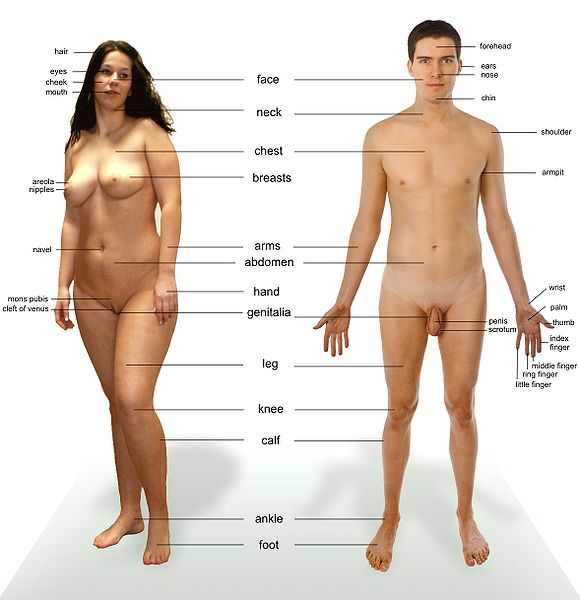Scalp
Scalp (0. Dutch schelpe, a shell), in anatomy, the whole covering of the top of the head from the skin to the bone. Five layers are recognized in the scalp, and these, from without inward, are: (I) skin, (2) superficial fascia, (3) aponeurosis or epicranium, (4) lymph space, (5) periosteum or pericranium. These five layers can be remembered, in turn, by the mnemonic, SCALP.
The skin of the scalp is thick and remarkable for the large number of hair follicles contained in it. The superficial fascia consists of dense bundles of fibrous tissue which pass from the skin to the third layer or aponeurosis and bind the two structures together so closely that when one of them is moved the other must needs be moved too. The fibrous bundles are separated by pellets of fat, and it is in this second layer that the vessels and nerves of the scalp are found. Here, as elsewhere, the vessels are arteries, veins and lymphatics, and the arteries are specially remarkable, firstly, for their tortuosity, which is an adaptation to so movable a part; secondly, for their anastomosing across the middle line with their fellows of the opposite side, an arrangement which is not usual in the body; and, thirdly, for the fact that, when cut, their ends are held open by the dense fibrous tissue already spoken of, so that bleeding is more free in the scalp than it is from arteries of the same size elsewhere in the body.
The veins do not follow the twists of the arteries but run a straight course; for this reason there is often a considerable distance between an artery and its companion vein. Accompanying the veins are the larger lymphatic vessels, though there are no lymphatic glands actually in the scalp. From the forehead region the lymphatics accompany the facial vein down the side of the face and usually reach their first gland in the submaxillary region, so that in the case of a poisoned wound of the forehead sympathetic swelling or suppuration would take place below the jaw. From the region of the temple the lymphatics drain into a small gland lying just in front of the ear, while those from the region behind the ear drain into some glands lying close to the mastoid process. In the occipital region a small gland (or glands) is found at the edge of the scalp close to the point at which the occipital artery reaches it, that is to say about a third of the distance from the external occipital protuberance to the tip of the mastoid process (see Skull).
The nerve supply of the scalp in its anterior part is from the fifth cranial or trigeminal nerve (see Nerves, Cranial); in the forehead region the supratrochlear and supraorbital branches come out of the orbit from the first or ophthalmic division of the fifth, while farther back, in the anterior part of the temporal region, the temporal branch of the second or maxillary division of the same nerve is found. Farther back still, in front of the ear, is the area of the auriculo-temporal nerve, a branch of the third or mandibular division of the fifth cranial.
These photos are presented for the purposes of identifying various body parts
| Images of Human Body |
|---|
Chat rooms • What links here • Copyright info • Contact information • Category:Root
